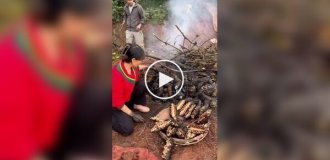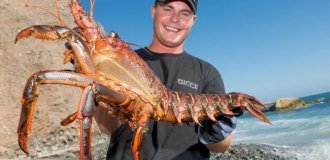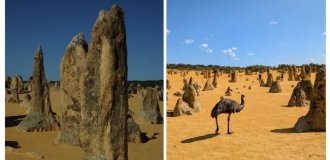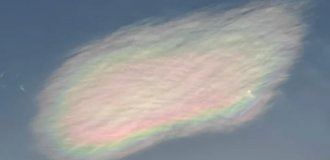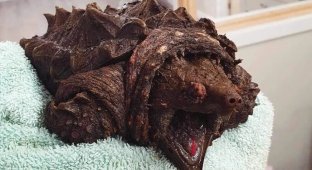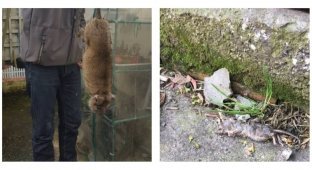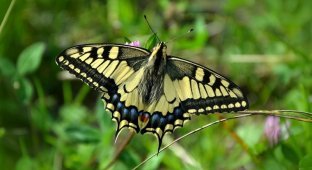Don't Get Drunk, but Survive: Clever Ways Wild Animals Use Alcohol (9 Photos)
Everything is poison, everything is medicine. The only difference is in the dose. Even alcohol, the destroyer of families and the creator of misfortunes, can be extremely useful for wild animals. Moreover, they have come up with three ways to extract benefit from poison! 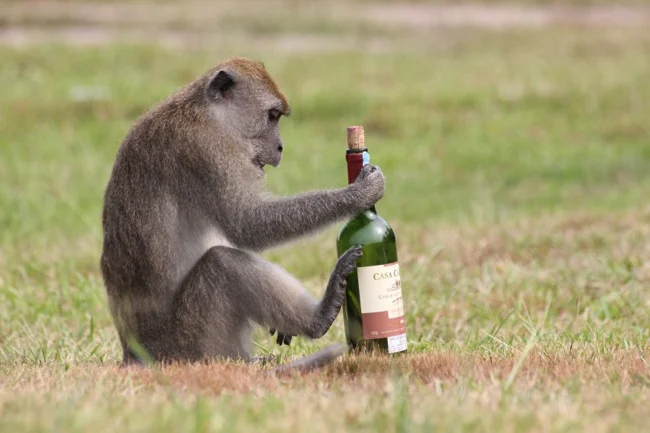
In case you forgot, we remind you. Alcohol is poison, it is harmful to health. It is not for us to tell you, but the less you drink it, the easier it is for your internal organs to cope with daily challenges.
The first of them is the search for high-quality food. Since ethanol is a product of sugar fermentation, its presence automatically proves that large, complex carbohydrates have broken down into tasty and easily digestible sugars. It turns out that spoiled fruits with an alcoholic taste are much more profitable to eat than regular fruits and berries. 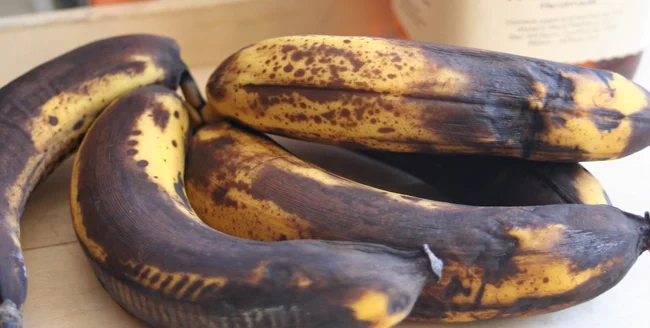
This effect is especially noticeable on bananas. Yellow fruits do not have a pronounced taste. Sweetness appears in them only as the pulp ferments and the peel turns black.
Over millions of years of evolution, primates have learned this lesson at the biochemical level. And to avoid being overwhelmed after a meal, monkeys have developed special enzymes for breaking down alcohol. It is thanks to them that you and I do not get drunk from kvass or kefir. 
These facts formed the basis of the drunken monkey hypothesis. According to it, the culture of drinking alcohol for pleasure and simplifying socialization arose before humanity formed as a species. Fortunately or unfortunately, it does not yet reach the level of a full-fledged theory.
All frugivorous animals encounter alcoholic fruits. Most of them (elephants, bears, ungulates) cope with alcohol worse than primates, but they only encounter it a couple of months a year. But tree shrews, close relatives of monkeys, do not get drunk at all. The basis of their diet is the fruits of bertamot palms, the alcohol content of which can exceed 4%! Small creatures can consume a dose of alcohol equivalent to 3 liters of beer at a time. And not get drunk at all. Therefore, if you are a tree shrew, you are not at risk of liver cirrhosis. 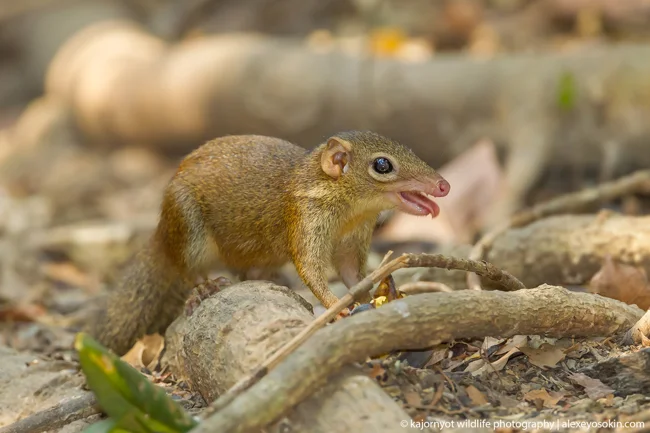
How this small organism continuously digests such shock doses of alcohol still remains a mystery.
The second way to use ethanol is banal internal use. Not for fun or rubbing the strings of the soul, but exclusively for gaining calories. The caloric content of 1 gram of ethanol is 7.1 kcal versus 4 kcal in one gram of sugar. In the wild and harsh nature, it would be foolish to refuse such a rich source of energy. 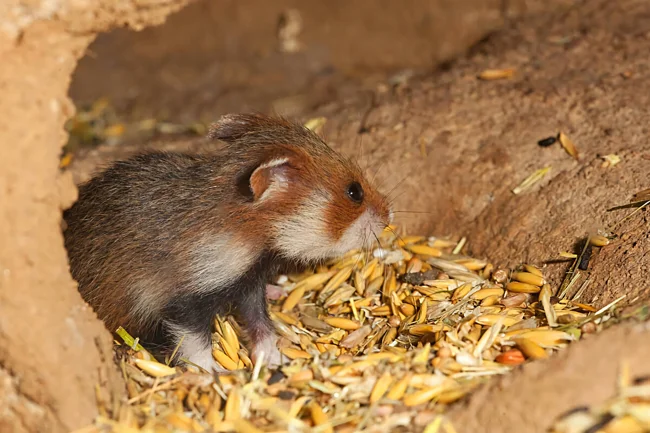
A supply does not weigh down the pocket. Especially when it turns into alcohol by itself.
That's what wild hamsters did not do. They survive the winters on grain reserves, and it also has the property of fermenting. Moreover, the closer the spring, the more alcohol in the seeds. And to refuse it means voluntarily depriving yourself of a chance to survive the winter. So hamsters have adapted to use alcohol as a food product. 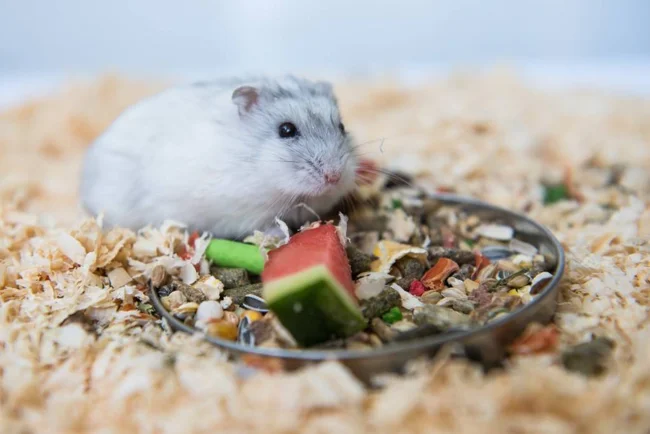
The hamster ate his fill of seeds. Now he walks and wanders.
And they adapted so well that they are able to drink strong alcoholic beverages instead of water, without experiencing any dry mouth or intoxication. They can consume 18 grams of ethanol per kilogram of body weight every day. The lethal dose for humans is 8 grams per kilogram. The thing is that alcohol from the intestines goes straight to the liver, where it is quickly and effectively broken down by enzymes. Ethanol molecules enter the main bloodstream only by pure chance. 
Never ask a hamster what's in his water bowl.
By the way, hummingbirds are not much inferior to hamsters. Since the basis of the small birds' diet is nectar, which begins to ferment almost immediately after being synthesized by a flower, they have long ago integrated alcohol into their metabolism. If the birds were the size of a person, they would consume 800 grams of vodka per hour without any consequences for the body. They do not have special adaptations for breaking down alcohol, but their metabolism is so fast that they simply do not have time to get drunk. 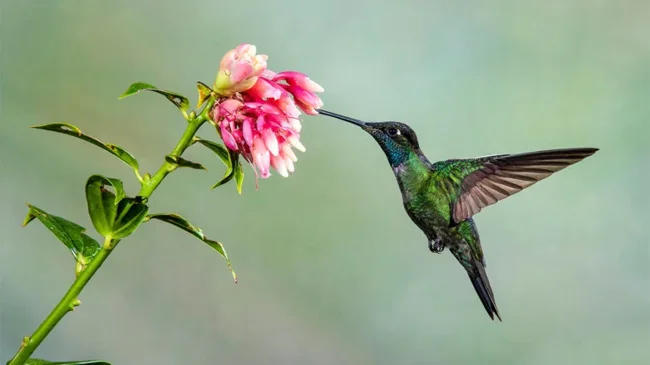
However, unlike hamsters, hummingbirds avoid alcohol. If they are given a choice between pure sugar syrup and its 1% strength variation, the birds will choose the first option.
Well, alcohol can also be used for self-defense. This is what fruit flies do. They prefer to lay their eggs in an alcohol-containing substrate, and the larvae that grow on it have far fewer parasites. In addition, such larvae become toxic to predatory wasps that do not have specific enzymes for breaking down alcohol. And so the wasps themselves prefer to avoid fermented fruit and feed on larvae that were unlucky enough to be born in fresher food. 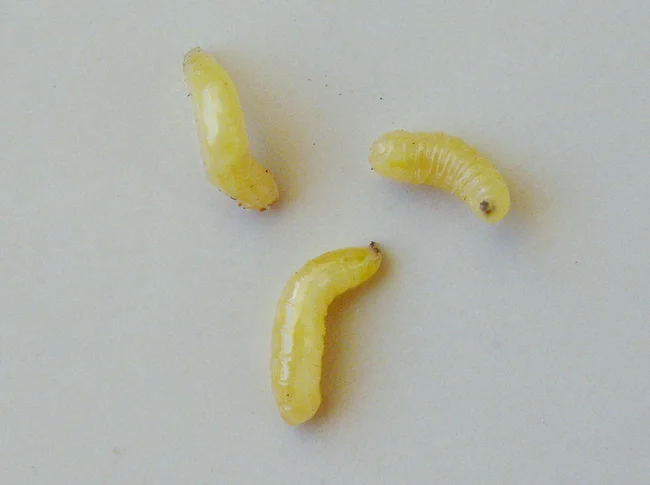
So, where's the alcohol?

